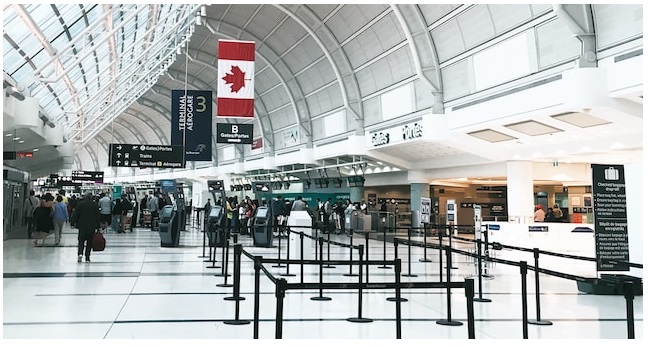The IRCC in 2022 to the government: “Too many immigrants, few homes”
TORONTO – Federal public servants had warned the government, already two years ago, that large increases in immigration could affect the affordability of housing and services: this is what some documents obtained and published by the Canadian Press reveal.
IRCC (Immigration, Refugees and Citizenship Canada) had analyzed the potential effects that immigration would have on the economy, housing and services, while preparing the objectives for 2023-2025: in particular, the federal deputy immigration minister was warned in 2022 that housing construction had not kept pace with population growth. “”In Canada, population growth has exceeded the growth in available housing units,” reads one of the documents, according to the Canadian Press. In the end, however, the federal government still decided to increase the number of permanent residents that Canada welcomes each year, bringing them up to 500,000 in 2025: this means that in 2025 Canada will welcome almost double the number of permanent residents compared to 2015.
“Rapid increases (in immigration) put pressure on health care and affordable housing,” federal public servants had warned. The results can already be seen and there for all to see: housing shortages and skyrocketing prices.
Recent data shows Canada’s population growth pace continues to set records as the country is attracting historic numbers of temporary residents, largely through programs for international students and temporary foreign workers. The country’s population grew by more than 430,000 during the third quarter of 2023, marking the fastest pace of population growth of any quarter since 1957.
All experts, to varying degrees, have reported that Canada’s strong population growth is eroding housing affordability as demand outstrips supply. The Bank of Canada also offered similar analysis: Deputy Governor Toni Gravelle gave a speech in December warning that strong population growth was pushing up rents and home prices.
Not only that: public opinion polls have recently shown that Canadians are increasingly concerned about the pressure that immigration is putting on services, infrastructure and housing: a sentiment that has led to a decline in public support for high immigration.
The Liberal government has defended its immigration policy decisions, arguing that immigrants contribute to economic prosperity and help improve the country’s demographics as the population ages. But in reality it is not exactly like that.
Mikal Skuterud, an economics professor at the University of Waterloo who specializes in immigration policy, says the federal government appears to have “lost control” of temporary migration flows and that the benefits of high immigration have been exaggerated by liberals. And he added that since 2015, when the Liberal government was first elected, a narrative has developed in Canada that “immigration was some kind of solution to Canada’s economic growth problems,” but the reality is that increased immigration does little when it comes to raising living standards, as measured by real GDP per capita. And federal civil servants from the IRCC also agree on this: “The increase in the working-age population can have a positive impact on gross domestic product, but little effect on GDP per capita,” they wrote in one of the documents obtained by The Canadian Press.
Why didn’t the federal government heed IRCC’s warnings, causing an unprecedented housing crisis?



